I have many feelings about homemade pasta dough. I’ve owned a manual pasta press for over 8 years, but I didn’t know how to make pasta without eggs back then. It always felt like a big deal to make a batch of fresh pasta. You knead the dough, then let it sit, and then it still tends to stick as you try to get the delicate dough through the press enough times.
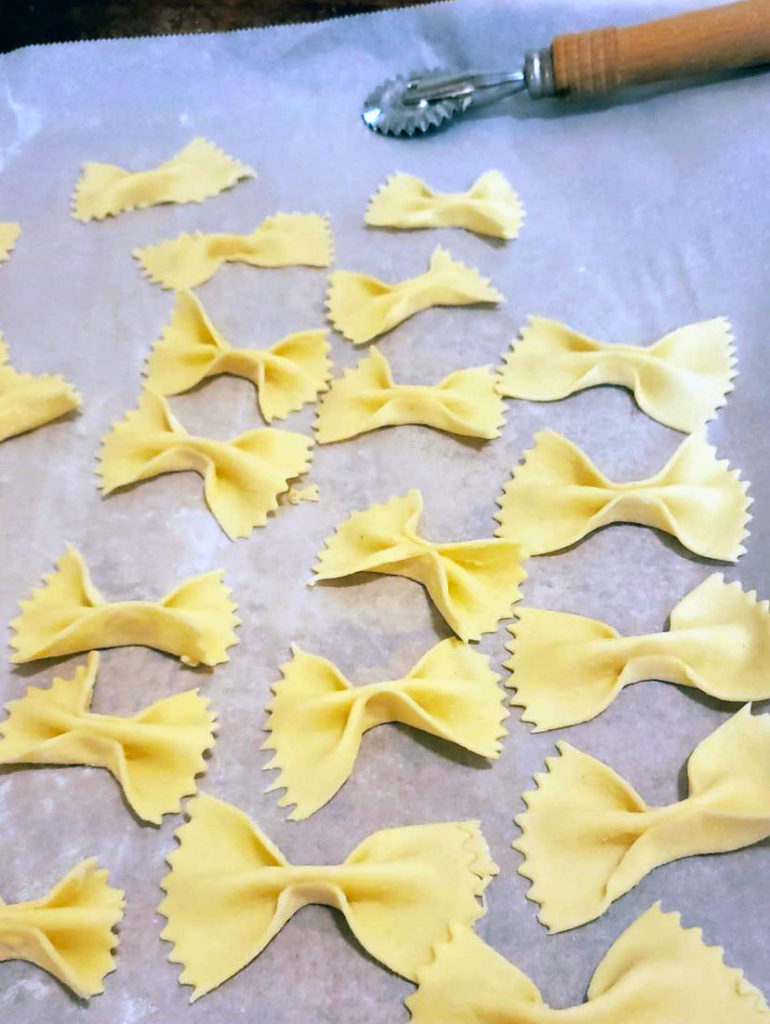
A few years ago, after my mom gifted us the book Pasta Grannies by Vicky Bennison, I made a discovery: you can make a simpler, less sticky semolina pasta dough with semolina flour, water, and salt. And that discovery was a game changer!
Using this dough suddenly made cooking with fresh pasta almost as fast to have as dried, boxed pasta. It’s less delicate and less rich than egg pasta, but also significantly less sticky, faster to make, and still tastes better than store bought. So whether you are just starting out or more experienced, add this flexible recipe to your repertoire.
Once your dough is kneaded, it doesn’t need time to rest, so be ready to make the dough and immediately make your pasta so the dough doesn’t dry out and become unusable. Shape your pasta into the desired shape and then you have flexibility.
It is ready to cook immediately or it can sit on floured parchment paper and dry for as long as needed. The longer it dries, the longer you will need to cook it.
Semolina pasta recipe for about 2 large servings:
- 200 grams semolina flour
- 50 grams water
- Heavy pinch of salt
- All purpose flour, as needed for dusting
Directions for dough:
Weigh out your ingredients. Really, buy that scale and weigh them out. It means not using multiple measuring cups, just pour it all in one bowl as you go.
Stir the ingredients until it comes together as dough. It will feel like sand and water at first. Knead more and it will feel like dry play dough. Keep kneading until it suddenly feels like plastic and smooth. It’s an unexpected transition, and once you do it you’ll see what I mean that it suddenly feels like plastic.
Now it’s time to roll out your pasta.
(This dough dries out fast so I suggest putting it in a bowl with a damp towel or plastic wrap on top.)
Directions for using the manual pasta press to shape your dough:
Cut it into manageable pieces (think golf ball sized). Using your hands, push one of these into a flat oval, about a centimeter or less.
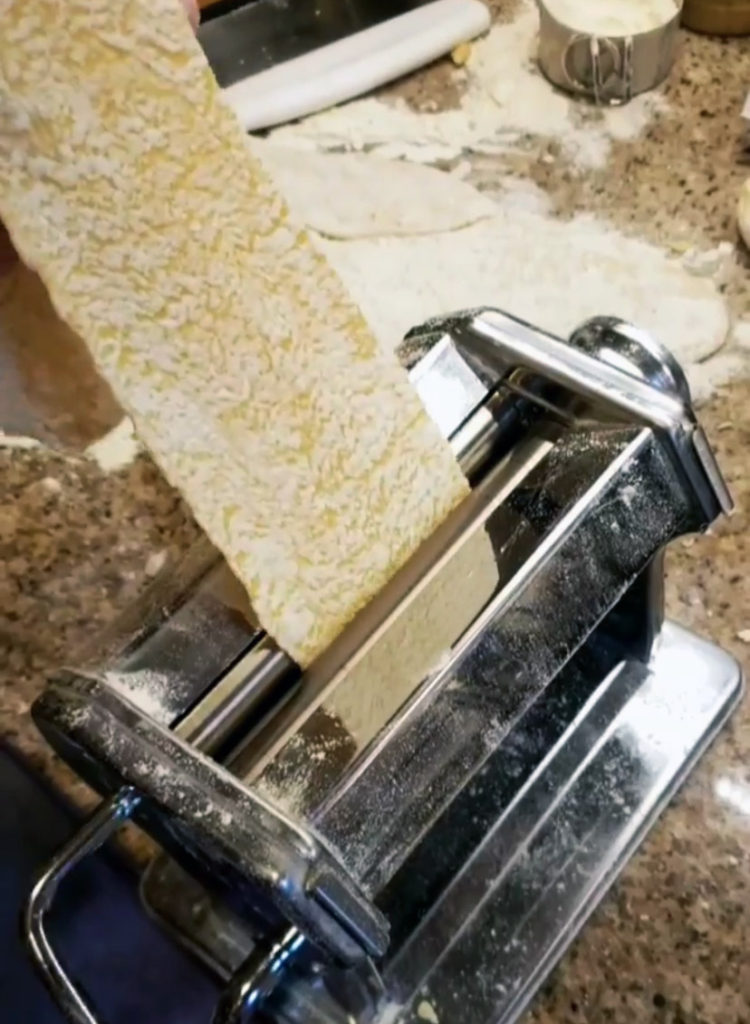
Put your machine on the highest setting (the two bars will be the farthest apart, roll your dough through. Pat with flour as needed to avoid sticking.
Adjust your machine, one number at a time, and feed the dough again and again to produce a thinner and thinner strip of dough each time. I tend to start at a 7 and work down to a 3 or 4. This is good for spaghetti, lasagna, bowties, or ravioli, and it is still very manageable to work with.
Repeat this process with all of your dough. I often choose to flatten several pieces at once, and progressively make them all thinner at the same time. Do what works for you.
As you work, lay finished pasta on a lightly floured tray to avoid sticking.
Now you’re ready to add some sauce and make this a meal!
Note: Don’t cover the pasta at this point. Let the finished pasta shapes dry out. They will last just as boxed pasta would. The drier your pasta is, the longer it will take to cook.
Fresh pasta generally takes between 2 and 3 minutes. Pasta that has been drying for an hour or two can take 3 to 5 minutes.

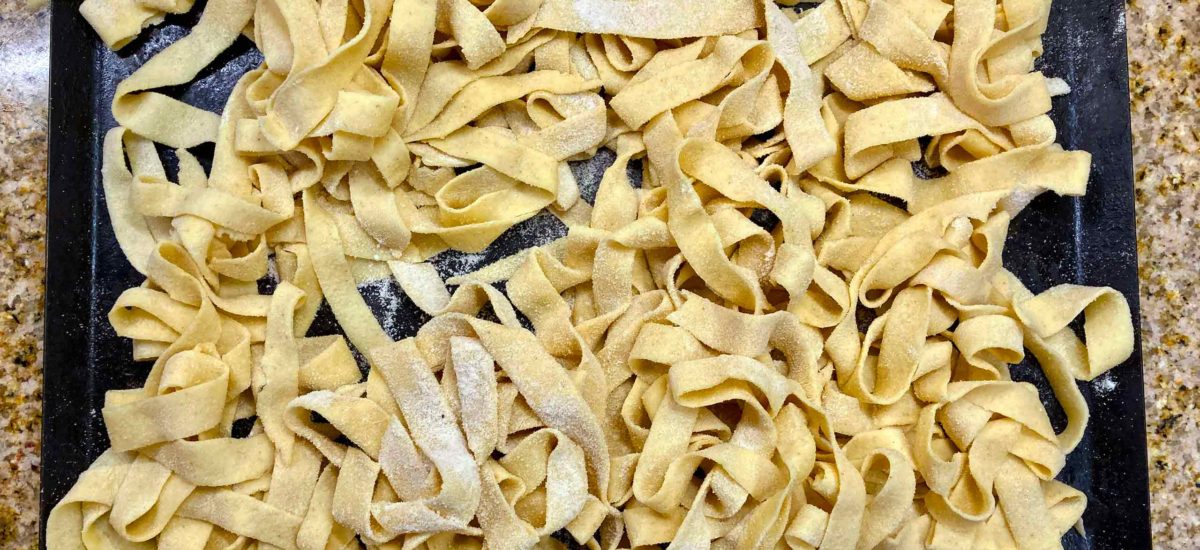

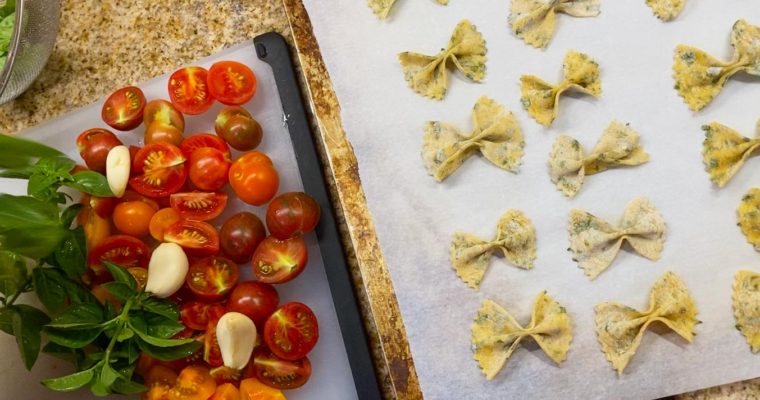
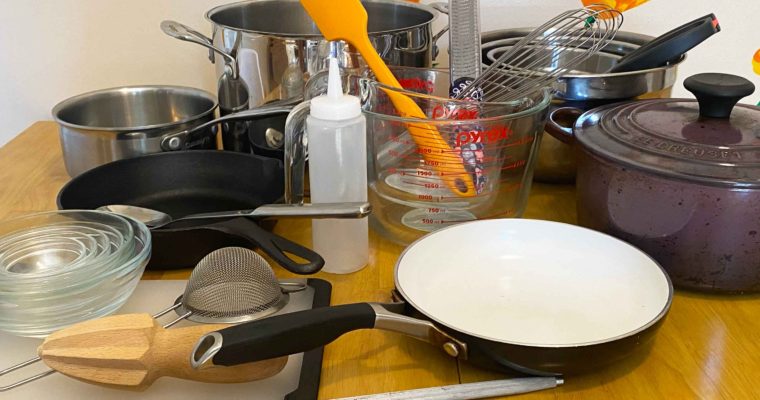
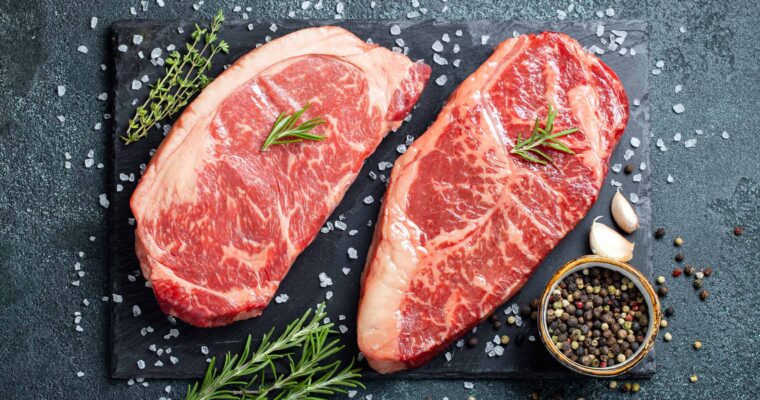
2 thoughts on “How to Make Pasta without Eggs”